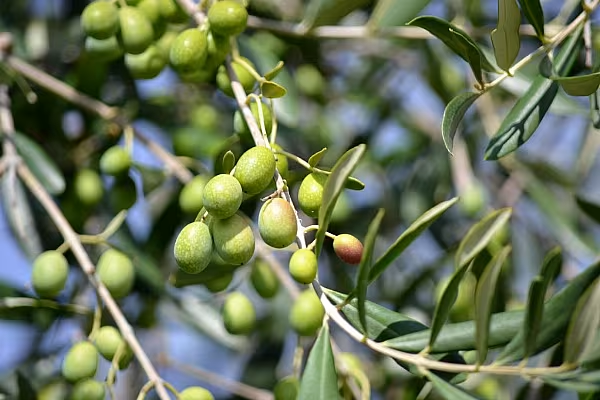Spanish olive oil exports declined by 35.8% in 2023 to 684,500 tonnes, valued at €4.15 billion, according to data from the country's Ministry of Industry, Commerce, and Tourism.
This decline followed a reduction in olive oil production during the 2022-2023 campaign, nearly halving due to drought and heatwaves.
Faced with the sharp decrease in volume, imports of olive oil from other countries decreased by 2.3% annually, standing at 213,300 tonnes or €1.13 billion in value.
Olive Oil Imports
In 2023, Spain mainly imported olive oil from Portugal (80,782 tonnes, 27.7% lower than in 2022), Tunisia (41,991 tonnes, 38% less), and Turkey (20,943 tonnes, 304% more).
Rafael Pico, the managing director of the Spanish Association of the Olive Oil Industry and Export Trade (Asoliva), told the EFE news agency that these figures were “predictable.” He pointed out that reduced production led to lower export volumes, particularly impacting bulk exports, a price-driven market where competitors like Turkey and Morocco could offer cheaper options.
According to Pico, there is a global trend towards consuming other vegetable oils, such as avocado, canola, sunflower, coconut, and grape seed oils, putting additional pressure on Spanish olive oil exports.
In 2023, Spain directed the highest number of olive oil exports to Italy (151,153 tonnes, -52% annually) and the United States (99,568 tonnes, 36% less).
Increase In Production
According to the Ministry, the period from October 2023 to January 2024 has seen a 25% increase in olive production in Spain compared to the first four months of the previous campaign, which was affected by drought and heat waves.
The European Commission estimates that production increased by 20% in Italy and 19% in Portugal in the period, compared to a 40% decrease in Greece.
Outside the EU, production has fallen by 45% in Turkey, 24% in Syria, and 1% in Morocco, while it has risen 11% in Tunisia.
EU exports to third countries are expected to total 532,000 tonnes in the 2023-2024 campaign (-11% on the previous one), while imports are expected to be 160,000 tonnes (-9%).










